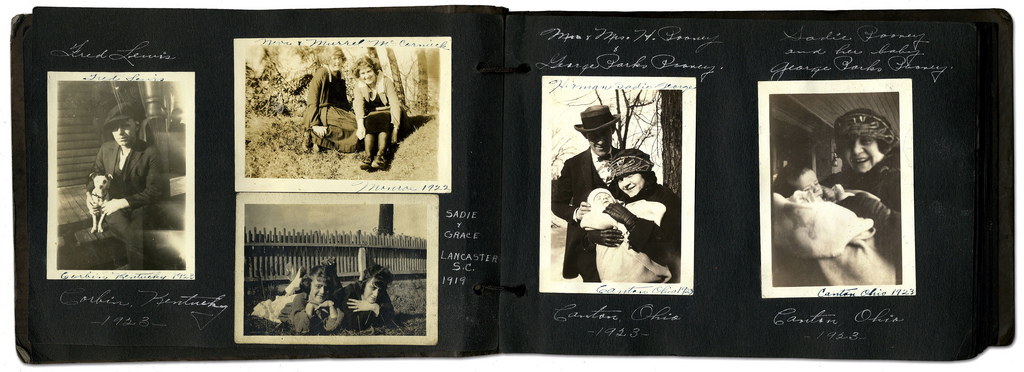What Are Archives?
In the course of daily life, individuals and organizations create and keep information about their personal and business activities. Archivists identify and preserve these documents of lasting value.
These records — and the places they are kept — are called “archives.” Archival records take many forms, including correspondence, diaries, financial and legal documents, photographs, and moving image and sound recordings. All state governments as well as many local governments, schools, businesses, libraries, and historical societies, maintain archives.

Using the Photographic Archive as a Resource for Research and Ideas
For your Personal Investigation you have to engage with a notion of an archive. Archives can be a rich source for finding starting points on your creative journey. This will strengthen your research and lead towards discoveries about the past that will inform the way you interpret the present and anticipate the future.
Public archives in Jersey
Jersey Archives: Since 1993 Jersey Archive has collected over 300,000 archival records and it is the island’s national repository holding archival material from public institutions as well as private businesses and individuals. To visit click here
Jersey Archive can offer guidance, information and documents that relate to all aspects of the Island’s History. It also holds the collections of the Channel Islands Family History Society.


Societe Jersiaise: Photographic archive of 80,000 images dating from the mid-1840s to the present day. 35,000 historical images in the Photographic Archive are searchable online here.
Societe Jersiaise also have an extensive library with access to may publications and records relating to the island’s history, identity and geography. Click here

Archisle: The Jersey Contemporary Photography Programme, hosted by the Société Jersiaise aims to promote contemporary photography through an ongoing programme of exhibitions, education and commissions.
The Archisle project connects photographic archives, contemporary practice and experiences of island cultures and geographies through the development of a space for creative discourse between Jersey and international practitioners.
Link: http://www.archisle.org.je/
Private archives:Family photo-albums, objects, letters, birth-certificates, legal documents etc.

Digital images stored on mobile phones, uploaded on social media etc.

TASK
Write a 1000 word essay and answer this question: Whose Archive is it Anyway?
To answer this question you need to reflect on Photo-Archive’ talk by Patrick Cahill and Karen Biddlecoombe on Tue 4 June at the Société Jersiaise when we began the BUNKER ARCHAEOLOGY project. Here is a link to Intro to the Photo Archive
Research at least two photographers from the list below in the photo-archive and choose one photograph from each that illustrates the themes of Occupation or Liberation and include it in your essay
Read also the text by theorist David Bate: archives-networks-and-narratives_low-res, make notes and reference it by incorporating quotes into your essay to widen different perspectives. Comment on quotes used to construct an argument that either support or disapprove your own point of view.
Watch the Youtube clips below and consider the following sub-questions:
How do archives function?
What are their purpose?
How do archives act as repositories of cultural memories of the past?
In what way does photography perform a double role within archives?
Reference some of the artists and photographers mentioned in the David Bate’s text and use as examples.
Imagine how you will look in your archive of adulthood and what type/style of pictures you want them to be?
How will looking at archival material enrich your personal study?
In what way has looking at archives been a resourceful exercise?
What have you learned?
DEADLINE: Publish blog posts by Wed 19 June
INDEPENDENT STUDY > HOMEWORK
Choose at least one option
Explore public archives and find links to your research and project based around Political Landscapes. Make a blog post
1. Explore your own family/ personal archives over and make a blog post with some of the material and describe how it will inform and develop your Personal Investigation. Ask parents, grand-parents and other family members to look through photo-albums, letters, boxes etc.
2. Plan at least one photo-shoot and make a set of images that respond to your research above and/ or Personal Investigation.
Extra research/ reading
Dr Gil Pasternak, Senior Research Fellow in the Photographic History Research Centre (De Montfort University, Leicester), will be part of a BBC documentary film exploring what family photographs say about Britain’s post-war social history.
Watch this Youtube clip where Dr Kelly Wilder, Director of Photographic History Research Centre, De Montfort University, Leicester delivers an academic paper, ‘The View from Everywhere: Objectivity and the Photographic Archive’ at a symposium on Photographic Archives at the Getty Centre in Los Angeleswhere she talks about the notion of objectivity when it comes to the use of photographic images. Here is a Review of symposium on Photo_Archives and Objectivity
Here is an essay example from previous A2 student, Rosanna Armstrong
Work by photographers in the collection at the Societe Jersiaise Photographic Archive. Use for further research
Badoux, Ernest
Dunham, Percy
Smith, Albert
Guiton, Emile F
Foot, Francis
William Collie
Laurens, Phillip Morel
Ouless, Clarence P
De Faye, Francis George
Dale, Edwin
Baudoux, Ernest
Martin Wyness
Charles Hugo
Claude Cahun
Martin Parr (Liberation)
Michelle Sank (Insula)
Yury Toroptsov (Fairyland)
Tom Pope ( I am not Tom Pope, You are all Tom Pope)
Jonny Briggs (Unpalatable Truths)
Tanja Deman (Sunken Garden)
Lewis Bush (Trading Zones)
Martin Toft (Atlantus, Masterplan, The Seaflower Venture)
Critical image analysis
use Photo Literacy as a method of analysis: of TECHNICAL>VISUAL>CONTEXTUAL>CONCEPTUAL

